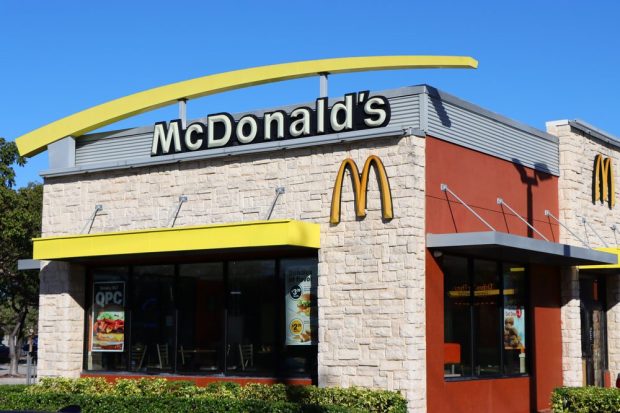McDonald’s Leverages Rewards App to Mitigate Inflationary Trade-Down

As consumers remain concerned about inflation, McDonald’s is seeing smaller orders and a trade-down to grocery.
The quick-service restaurant (QSR) giant noted on a call with analysts Tuesday (Jan. 31) discussing its fourth-quarter 2022 financial results that, while the brand benefits from a widespread perception of affordability, it is not immune to inflation-related trade-down.
“There is a little bit of a decrease in units per transaction that we’re seeing. We’re seeing a little bit of trade-down,” CEO Chris Kempczinski said on the call. “[But] overall, the consumer, whether it’s in Europe or the U.S., is actually holding up better than [I] would have expected a year ago or six months ago.”
Certainly, diners’ behaviors continue to be influenced by inflation. Take the United States, where consumers expect years of inflation ahead even as government measures show price increases slowing down. PYMNTS’ December study “Consumer Inflation Sentiment: In It For The Long Haul,” for which we surveyed more than 2,300 U.S. adults, finds that consumers on average believe it will take another 20 months before inflation returns to 2021 levels. Plus, 72% of those surveyed are very or extremely worried about the U.S. economic situation.
This ongoing perception of steep inflation means consumers will continue with the belt-tightening behaviors seen throughout 2022. For instance, research from PYMNTS’ August study “Consumer Inflation Sentiment: Inflation Slowly Ebbs, but Consumer Outlook Remains Gloomy,” which drew from a survey of more than 2,100 consumers, found that 78% have been eating at home more often to save money amid inflation.
Even as consumers shift away from restaurants to grocery, McDonald’s is uniquely positioned. Kempczinski explained that the brand is seen as a low-cost choice, helping to protect it somewhat from this trade-down trend. Additionally, the company’s digital investments help to maintain customer frequency in the face of budget constraints.
“Customers’ perception on value is made up of more than just the price of our food. It’s also about the experience we provide,” Kempczinski said. “Our modernization efforts have had a significant impact on improving our customers experience, and this is also improving how our customers think of our brand.”
The chain has undergone something of a digital transformation in recent years. For instance, in 2021, the brand rolled out its MyMcDonald’s Rewards loyalty program across the United States, later expanding it internationally. Now, Kempczinski noted, the program is available in more than 50 markets “and counting,” and it has 50 million active users in the restaurant’s top six markets. The growth of the program has been quick.
“In 2022, the McDonald’s App was downloaded over 40 million times in the U.S., greater than the total downloads of the 2nd, 3rd and 4th brands combined,” Kempczinski said.
Notably, while U.S. downloads may be high, PYMNTS finds that McDonald’s app is far from No. 1 among restaurants worldwide. The Provider Ranking of Mobile Order-Ahead Apps, which leverages a proprietary combination of publicly available information and app usage data to which PYMNTS has access, ranks McDonald’s app below 10 competitors, including Dunkin’, Starbucks and Domino’s.
